Key Takeaways
- Blended courses provide much of the flexibility and convenience of an online course while retaining the benefits of the face-to-face classroom experience.
- A U.S. Department of Education analysis found that students in fully online courses outperformed those in face-to-face courses, and those in blended courses outperformed the fully online students.
- A new open-access resource from the University of Central Florida — the Blended Learning Toolkit — has the ultimate goal of improving both student performance and retention on a broad scale.
Blended courses (also known as hybrid or mixed-mode courses), where web-based online learning replaces a percentage of traditional face-to-face instruction, have proven to be among the most popular choices for students at institutions where they are offered. This popularity seems natural because blended courses allow students and faculty to take advantage of much of the flexibility and convenience of an online course while retaining the benefits of the face-to-face classroom experience.
Although fully online learning is now well established in higher education, many institutions appear to be struggling to conceptualize and implement blended learning. Yet, blended courses can be strategically developed to alleviate demands on the instructional campus infrastructure while also offering both faculty and students higher engagement and added scheduling convenience. This added convenience offered by blended learning can be a powerful strategy to help improve student retention, especially for those students most at risk of dropping out.
As cited in the U.S. Department of Education’s “Evaluation of Evidence-Based Practices in Online Learning: A Meta-Analysis and Review of Online Learning Studies“ (Revised September 2010), “Students in online conditions performed modestly better, on average, than those learning the same material through traditional face-to-face instruction” (p. xiv) and, notably, “Instruction combining online and face-to-face elements had a larger advantage relative to purely face-to-face instruction than did purely online instruction” (p. xv). Thus, students in fully online courses outperformed those in face-to-face courses and those in blended courses outperformed the fully online students.
Given these data, if institutions inexperienced in blended learning wanted to begin a blended learning initiative, where would they turn for advice, resources, and models? This article describes a new open-access resource designed specifically for this purpose — the Blended Learning Toolkit — with the ultimate goal of improving both student performance and retention on a broad scale.
Enter the NGLC
In April 2011, the University of Central Florida (UCF) and its partner, the American Association of State Colleges and Universities (AASCU) received a Next Generation Learning Challenges (NGLC) Wave 1 grant in the Blended Learning challenge area. The project is designed to scale the UCF model of blended learning across AASCU’s national network of 420 institutions and systems, starting with 20 specifically selected partner schools whose student demographics best match the NGLC target population (low-income and under age 26). The development of the Blended Learning Toolkit is an important component of this larger initiative.
UCF is an internationally recognized leader in blended learning, with more than 13 years of experience delivering blended courses. Since beginning its blended learning initiative, UCF has delivered over 5,030 blended course sections, and blended offerings have increased 475 percent (example data appear in Table 1).
Table 1. UCF’s Blended Learning Growth
| Blended Learning | 2009–2010 Academic Year | Totals since 2002 |
| Sections | 681 | 5,031 |
| Registrations | 24,241 | 160,860 |
| Student credit hours (SCH) | 70,438 | 476,823 |
A hallmark of UCF’s blended learning initiative is continuous assessment, resulting in a significant collection of data about success and satisfaction factors in online and blended courses. UCF has leveraged these data to achieve high student success rates and low withdrawal rates, as well as high levels of student and faculty satisfaction. Mirroring the results from the Department of Education’s meta-study, UCF’s blended courses consistently rank higher than other modes in student course evaluations (Table 2) and have the highest levels of student success (Figure 1) and the lowest withdrawals (Figure 2) of any modality — including face-to-face. Furthermore, faculty surveyed after teaching online and blended courses expressed clear willingness to continue teaching in those modalities, with blended learning ranking slightly higher than fully online (Figure 3).
(Note: In the charts that follow, student “success” is defined as students achieving a grade of “C” or better; “F2F” stands for “face-to-face.”)
Table 2. Comparison of “Excellent” UCF Student Evaluation Ratings by Course Modality
(n=672,185)
| Course Modality | % Overall “Excellent” |
| Blended | 51.2% |
| Fully online | 48.3% |
| Face-to-face | 48.2% |
| Lecture capture (with classroom) | 43.4% |
| Lecture capture (no classroom) | 41.6% |
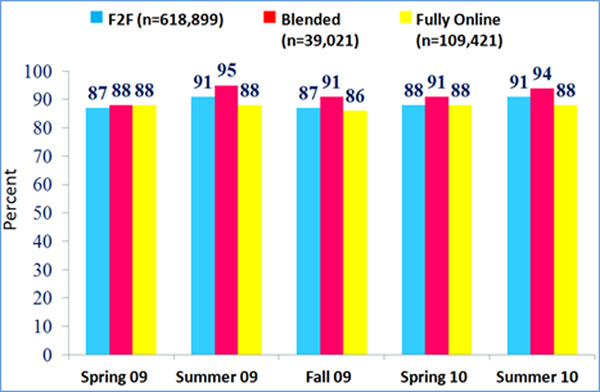
Figure 1. Student Success Rates by Modality

Figure 2. Student Withdrawal Rates by Modality
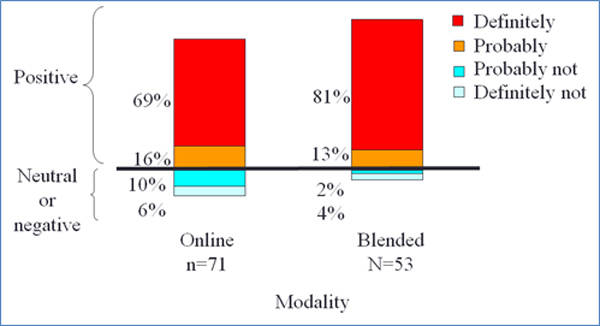
Figure 3. Faculty Willingness to Teach Web/Blended Courses in the Future
AASCU consists of more than 420 public colleges and universities representing six different Carnegie classifications and enrolling more than 3.8 million students (56 percent of the enrollment at all public four-year institutions). AASCU schools educate 55 percent of all minority students in public four-year institutions. A substantial portion of students at AASCU member institutions are the first in their families to attend college, and many are Pell Grant recipients. Between 30 percent and 40 percent of all students admitted to AASCU member institutions require some form of remediation. AASCU also has strong ties to community colleges; half of all students who graduate from AASCU member institutions began their academic careers at community colleges.
In addition to UCF’s membership in AASCU, the two organizations have had an intensive working partnership since 2003, jointly offering (in collaboration with EDUCAUSE) a presidential team conference each summer focused on technology and student success. Combining UCF’s experience in blended learning with AASCU’s national network aligned precisely with the NGLC Wave 1 Blended Learning Challenge goals.
The Blended Learning Toolkit
To support the project partners in their forays into blended learning, UCF developed the Blended Learning Toolkit, a comprehensive resource for individuals and institutions to draw upon to develop and deploy blended learning initiatives. The toolkit was formally launched on July 12, 2011 as part of an NGLC Summer Learning Series webinar (see the archive at http://educause.adobeconnect.com/p6sz6ha9blw/).
Made available under a Creative Commons license, the Toolkit contains the following elements:
- Best practices, strategies, models, and course design principles.
- Two open educational resource (OER) prototype blended course templates in key core general education disciplines: Composition and Algebra.
- Directions and suggestions for applying the toolkit resources to create original blended courses in disciplines other than Composition and Algebra.
- Faculty development training materials for the design and delivery of the prototype open courses, including three comprehensive, online, instructor preparation programs for participating faculty.
- Assessment and data collection protocols for all participating institutions, including survey instruments and standards.
- Grant-related virtual and in-person workshops for participating institutions and others within the AASCU membership.
One particular site feature worth noting is The Morning Blend, a blog dedicated to blended learning research and practice. The intention of the blog is to serve as a forum for thought leaders in blended learning from all over the world to share their ideas and engage in a meaningful discourse. Over time, the hope is that The Morning Blend will become a definitive source for the latest thinking related to blended learning from the world’s leading theorists and practitioners. Figure 4 shows the Blended Learning Toolkit website, including the blog and other features.
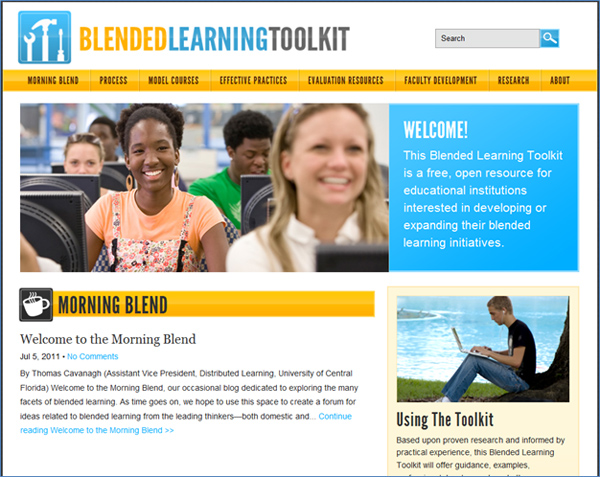
Figure 4. Blended Learning Toolkit
The toolkit content was developed by a team of instructional designers, graphic artists, and programmers over a three-month period, from the NGLC project award in April 2011 to the launch in early July. While the NGLC grant provided some funding for the site’s development, UCF also invested a significant amount of staff time in its development and production.
As of mid-October 2011, there have been 1,103 site visits to the Blended Learning Toolkit, representing 738 unique visitors from 10 countries. Some 80 percent of the site visits were from within the United States, with the remainder coming from all over the world. Some of the countries accessing the toolkit included, in descending order: Canada, the United Kingdom, Sweden, the Netherlands, Germany, Australia, Jamaica, Greece, the United Arab Emirates, Saudi Arabia, South Africa, India, and the Philippines. There have been 2,915 page views, representing approximately 2.64 average page views per visit.
Feedback about the toolkit from partner schools has been overwhelmingly positive. Some project partners were asked to record short extemporaneous reflections on their impressions of the toolkit.
Dr. Holly McSpadden at Missouri Southern State University gives her impressions of the Blended Learning Toolkit:
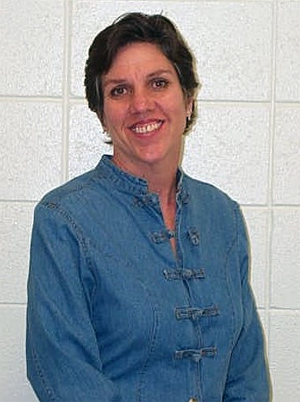
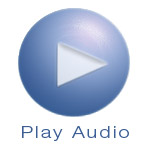
[http://engage.ucf.edu/m/mediaserver/getfile/fy5e7Cxq.mp3]
Holly McSpadden
BlendKit Course
Included within the Blended Learning Toolkit are the materials and session archives from one of the program’s faculty development experiences: BlendKit2011 (Figure 5). Conducted as a five-week, massively open online course (MOOC), this course had approximately 200 registered participants, more than half of whom were not directly affiliated with the grant. Drawing from UCF’s internal faculty-development materials, the course provided faculty development in general blended learning concepts and practices, regardless of discipline. Through word-of-mouth, the Summer Learning Series webinar, and other means, various schools and distance learning professionals and faculty heard of the program and signed up, thus expanding the reach of the project beyond the 20 partner schools and further supporting the NGLC goal of scale.
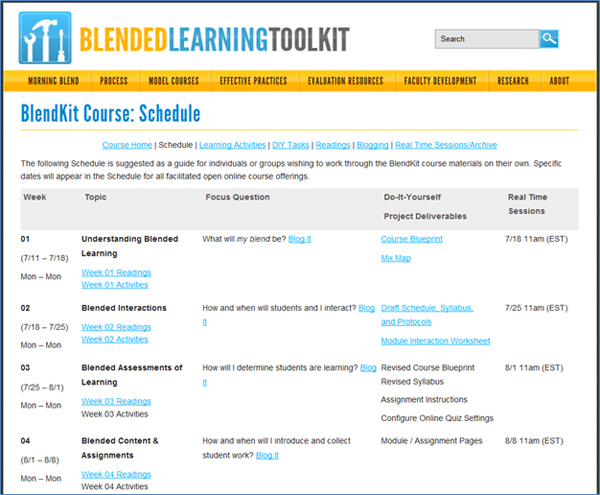
Figure 5. BlendKit2011 Course Archive
The reach of the Blended Learning Toolkit and especially the BlendKit2011 course has far exceeded the team’s expectations. In fact, we have heard anecdotally from a number of partner and non-partner participants who provided positive feedback about their use of the materials, which leads us to suspect that a far greater number of participants are using the materials without sending us comments. We have had discussions with another Wave 1 grantee interested in funding the delivery of another session of the BlendKit course. Some participants have also shared that they intend to conduct their own internal faculty development based on the BlendKit materials.
Sample BlendKit materials include:
Anonymous feedback from participants about the BlendKit2011 course included:
“The DIY tasks were extremely helpful, particularly the zapt features allowing me to turn my documents into html pages for my course web site. Thanks so much!”
“I am VERY grateful that the content remains available online for repeat viewing. Now that I have the bare bones course up and running, I have more time to learn how to make the course better.”
“I am currently participating in the Blendkit 2011 course and have gotten some great ideas to incorporate into my blended developmental writing course.”
Future Plans
The project team hopes to continue to expand the Blended Learning Toolkit, adding additional resources and model courses from both within UCF and from other institutions, as further grant funding and scheduling allow. In the meantime, all the materials, including the BlendKit faculty development course archives, remain freely available under the site’s Creative Commons license.
The project team also intends to continue to post thoughtful contributions to The Morning Blend from international thought leaders. Recent posts have been from me, as UCF’s NGLC project principal investigator, and from Anders Norberg, an education strategist at Campus Skellefteå, Sweden. Potential contributors should express their interest by sending an e-mail to the project team at [email protected].
Further Reading
Charles D. Dzuiban, Joel L. Hartman, and Patsy D. Moskal, “Blended Learning” (ECAR Research Bulletin, vol. 2004, issue 7, March 30, 2004)
Veronica Diaz and Jennifer Strickland, ELI Discovery Tool: Blended Learning Workshop Guide
EDUCAUSE resource list on Hybrid or Blended Learning
I. Elaine Allen, Jeff Seaman, and Richard Garrett, “Blending In: The Extent and Promise of Blended Education in the United States,” Sloan Consortium (March 2007)
© 2011 Thomas Cavanagh. The text of this EQ article is licensed under the Creative Commons Attribution-Noncommercial-Share Alike 3.0 license.
